Currency hedging can soften the blow
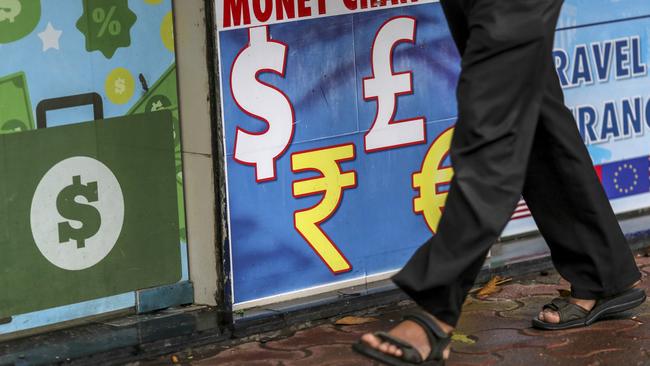
Regardless, I expect the Australian dollar to bounce back sometime — it’s also COVID-infected. That has important implications for future returns from your offshore investments and timely action may be needed.
Most Australians invest in companies offshore without hedging out the swings in currency value.
I wrote earlier that investors should consider US dollar cash or bonds for extra defensiveness. Since 1984, the Australian dollar fell nine of the 11 times when the local sharemarket fell more than 10 per cent. After this recent quarter, it is now 10 out of 12. On December 31, the dollar bought US70c. At its recent trough on March 21 it bought only US58c. That’s a 17 per cent fall. It is now trading at about US60c-US63c.
A falling dollar worked strategically to cushion the blow of falling overseas share prices. For instance, the US-shares-only ETF Vanguard US Total Market Shares Index (ASX code: VTS) bought here fell 26 per cent from peak to trough in Australian dollar terms this last quarter. In the US, investors in that same fund (trading symbol there is VTI) suffered a 35 per cent fall in US dollar terms.
Since the Australian dollar has fallen more than most currencies, this effect applies also to investments in other countries, but some to a lesser extent. The US and Australian currencies are at the extreme end of valuations — the former is a defensive “risk off” currency and the Aussie a “risk on” currency. That is because we are a resources economy with mega banks and mega mortgages. I don’t think the US dollar is that safe, but for now the world does.
The second reason Australian investors don’t hedge out currency exposure that much is because you can’t easily do so with direct investing.
Also, most funds aren’t offered in currency-hedged versions. However, there are some, both listed ETFs and unlisted funds, and you can search these out. I think fund managers need to hurry up and offer a version if they don’t, or announce a change in their currency hedging strategies.
All things being normal, Australians investing offshore should currency hedge about a third of their exposure. Studies show this optimally reduces portfolio volatility over the cycle.
However, when times aren’t normal, this rule should be revisited. When the Australian dollar was stronger than the greenback in 2012, there was a case for portfolios to go fully unhedged, planning for the Aussie to weaken.
Back after the 2000 crash when the dollar hit US50c, there was a strong case to hedge all your currency exposure. Otherwise, future returns would be largely undone by our currency recovering in strength.
I think today is like 2008, 2001 and other past crises, and so I think Australian investors should consider turning on currency hedging. If not, a bounce-back in the dollar from US60c to US70c takes away an absolute 17 per cent return you deserve.
On a related portfolio design, I observe historically the Australian dollar is often a reverse predictor of Australian-international relative sharemarket performance.
The dollar often peaks with a mining boom, and when it ends so do the good times for our local sharemarket. When the dollar troughs, it can signal the start of a rally in oversold commodities and a bounce-back in the world economy (post-COVID, eventually).
Australia’s success isolating from this virus and proximity to rising Asia may give further fuel to our sharemarket and currency. If correct, this means you should revisit your mix of Australian versus offshore shares, and invest more in “Team Australia”.
The cost of currency hedging is modest and is generally the differential between cash rates in the respective countries. Since they are all woeful, the cost is insignificant.
If you are buying gold or other commodities, worried about QE and a return to inflation, then consider getting that exposure through a fund that counteracts the dollar inflating. Resource-rich countries such as ours, Canada and South America often enjoy a stronger currency in times of inflation. If you have a stash of foreign cash, then maybe now is a time to convert some back.
No one can predict currency movements with certainty. There may be a better time later to turn the hedging dial if our situation worsens and we have a W-shaped recovery. Just remember a recovering Australian dollar works against you recovering your lost sharemarket returns.
Douglas Turek is principal adviser with Professional Wealth.


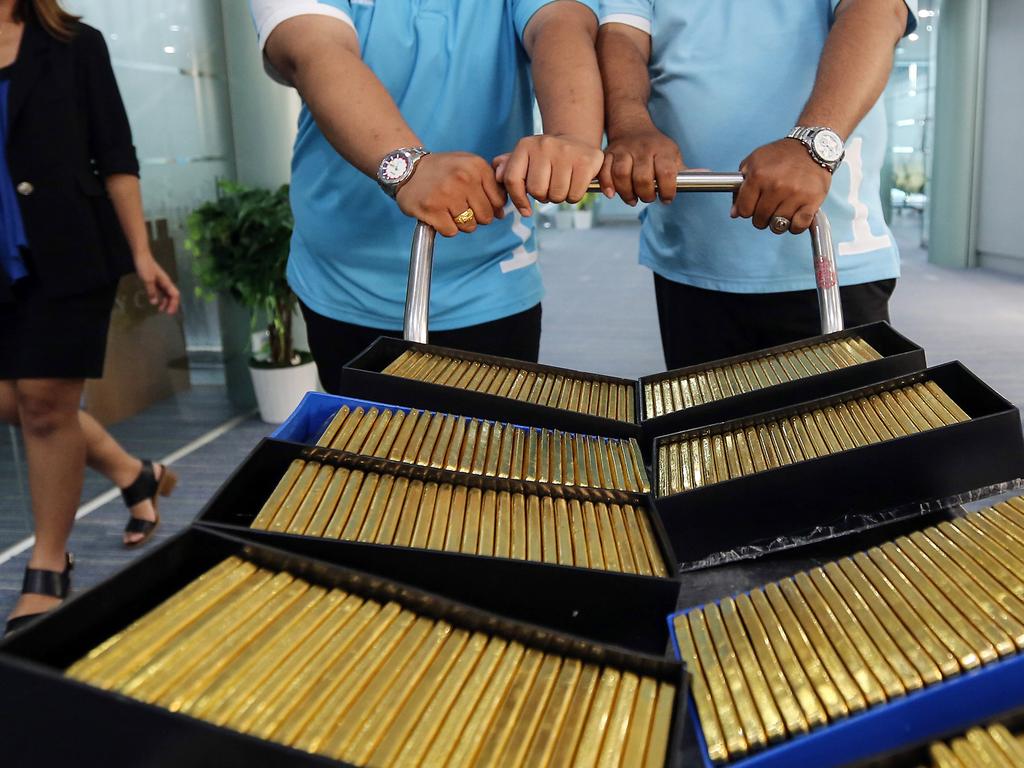
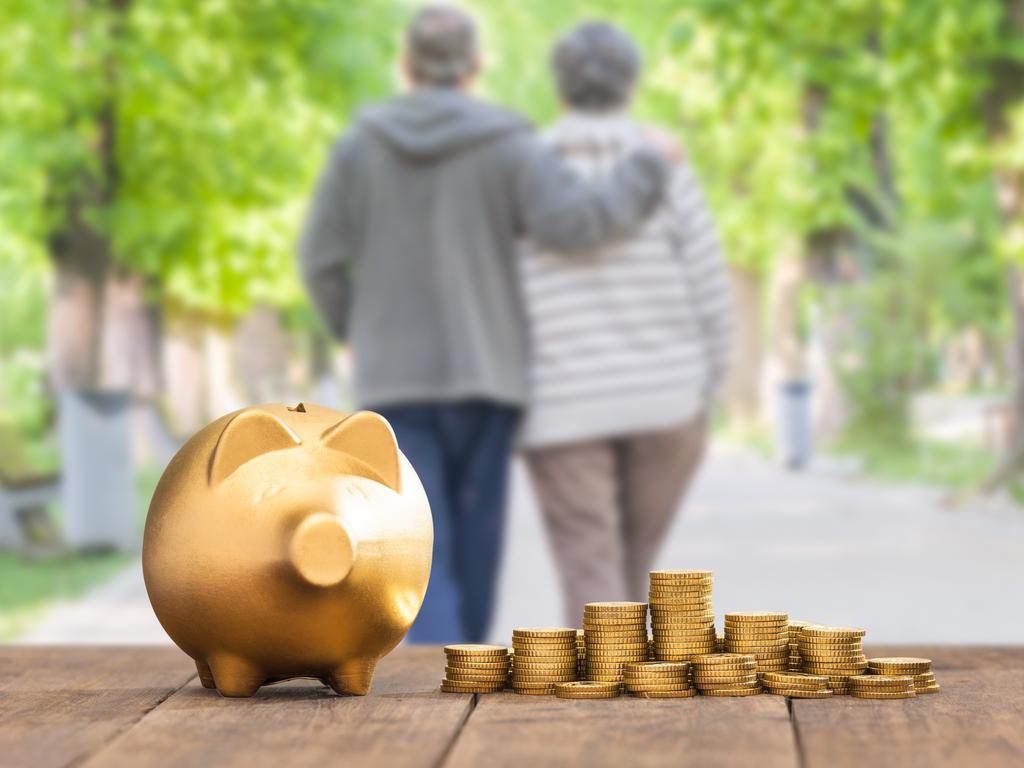
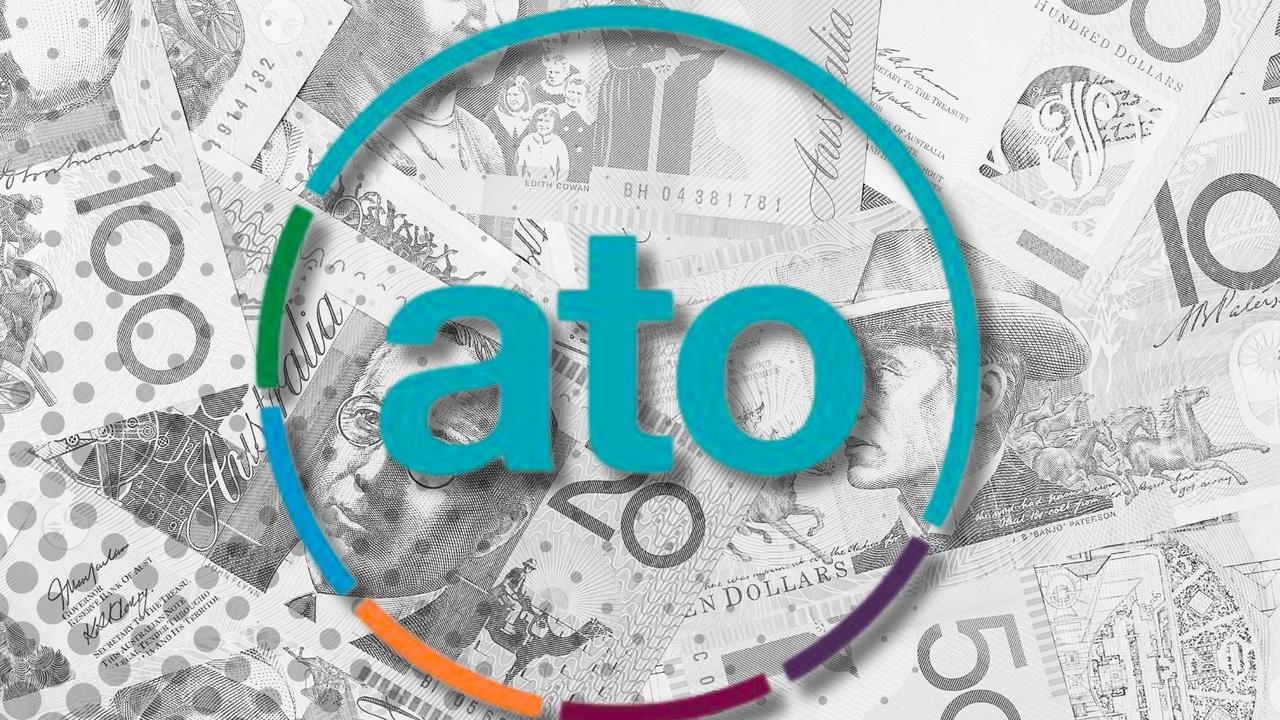
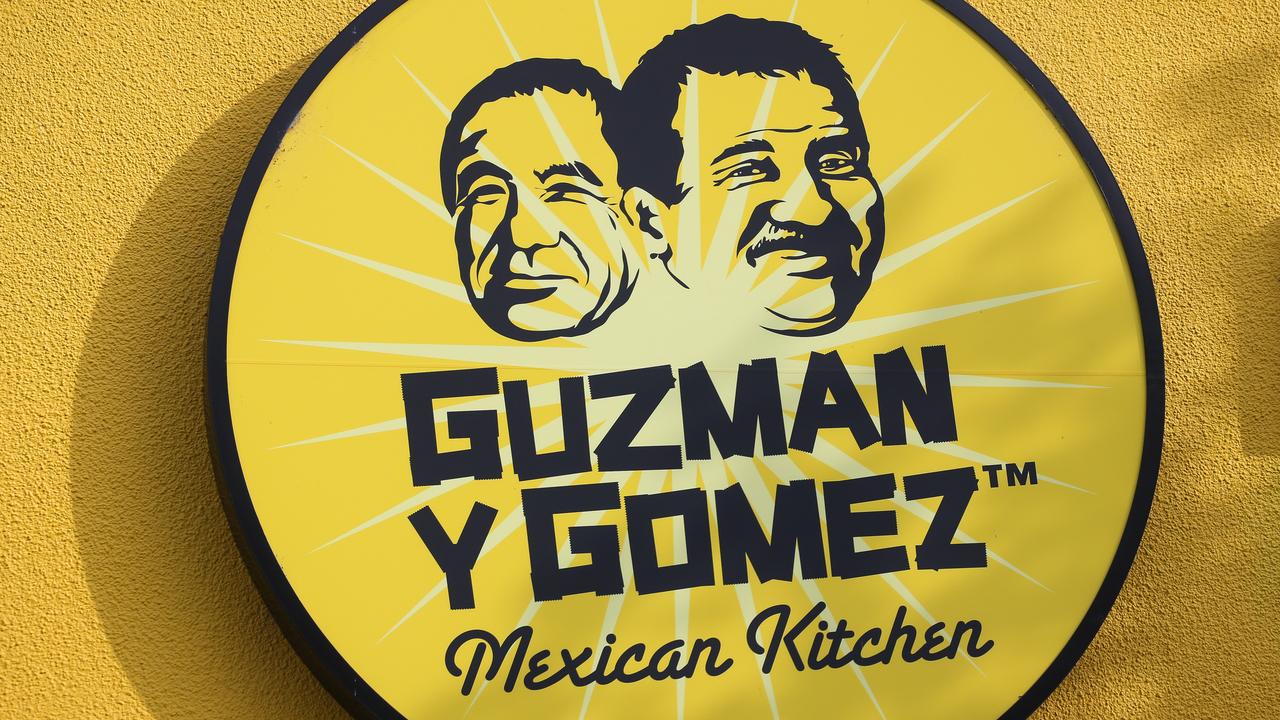
COVID-infected share investors are right to expect a bounce-back in share prices if we are to have our predicted V, U, L, W or Y recovery. Admittedly a play on the finance alphabet, a “Y” acknowledges a few businesses sadly may not bounce back.